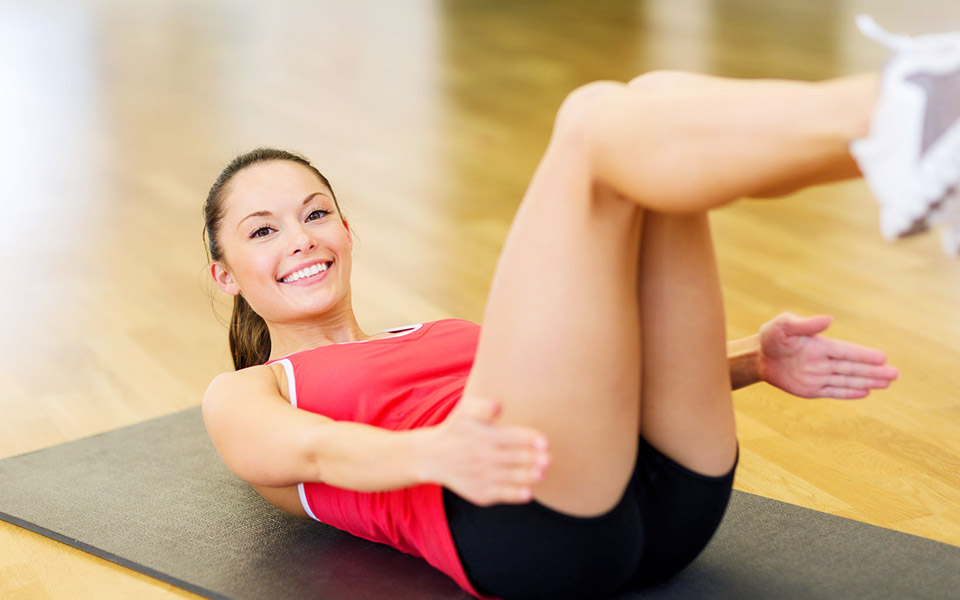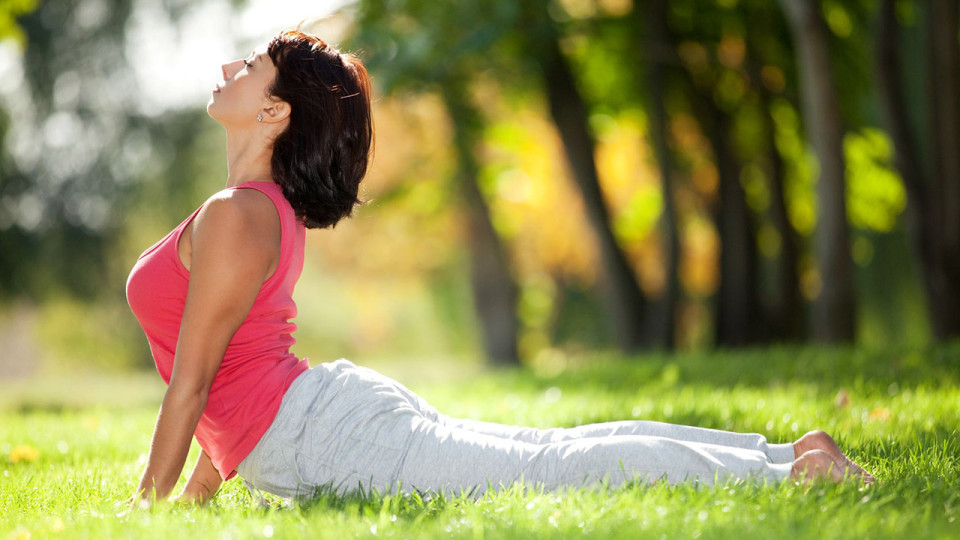Runners everywhere are always looking for ways to improve their performance. They are adding additional workouts to supplement their daily running routines to enhance performance. Pilates is gaining popularity with runners for many reasons. Since the beginning, Pilates has proven to be a healthy way to maximize the impact of working out while minimizing unnecessary stress on the runner’s body. It is considered a quick and easy workout.
Runners should keep in mind a few useful ideas when considering adding a Pilates workout to their running routine. Fortunately, there are plenty of tutorials and resources available to ensure that performing Pilates exercises will help enhance running performance.
What are the Benefits for Runners doing Pilates?
Pilates exercises have many health benefits that can contribute to a runners performance. After doing Pilates regularly you will experience improved flexibility as well as strengthen and increase muscle tone particularly in your abdominal muscles, lower back, hips and buttocks. This is because the exercises within the Pilates method are geared toward developing the body’s core muscles, which contribute to a runner’s endurance.
Pilates balances muscle strength on both sides of the body and enhances muscle control of the limbs. Though Pilates exercises are more intense than Yoga, Pilates is a very enjoyable way to relieve stress, relax tense muscles and get your body in better shape. Weight loss is possible when Pilates activities are integrated with different Pilates apparatus designed to add cardiovascular and fitness elements to your poses to help burn extra calories. Pilates exercises can also be valuable components of recovery therapy.

Principles of Pilates
Understanding the principles of Pilates is a key step for a runner who wants to improve their running performance. Using the six principles of breathing, precision, centre, flow control, and concentration, a runner can positively impact their endurance, strength and flexibility.
Breathing is a key part of the method, being what Pilates enthusiasts believe to be the blood cleansing mechanism of the body. Precision focuses on executing each movement in the Pilates routine exactly. This, along with the concentration that Pilates utilises, will help runners focus more during those long, strenuous runs. Centre, flow, and flexibility are other key principles of Pilates. All of these will serve to help runners in obvious ways; more flexible runners are less susceptible to injuries. Developing control and flow of your muscles will also help you as a runner.
How to do Pilates
One of the great things about adding a Pilates routine to a runner’s schedule is that Pilates won’t take up too much time and can be done in a small workout space. There is a basic Pilates routine that can be completed in about ten or fifteen minutes. These exercise are mostly designed to develop the body’s core.
After mastering the basic routine, more advanced exercise routines can be added. Pilates isn’t as much about how many times you do the movements, but rather, how well you do the movements. A more controlled exercise will give better results. Take a look at the following video to see some Pilates instructions for beginners and see how easy it can be to get started.
As you can see in the video, many of the exercises are done at ground level in a supine position. Other exercises are performed while on your belly or on your side. Again, each movement should be controlled and deliberate. With a simple, quick routine like this one, any runner can fit this simple workout into their schedules.
Where to Learn Pilates
Pilates lessons are gaining popularity in Singapore, and many training and group workout sessions are available. You can search around and join any of the centers or coaches offering the lessons. Double check the credentials of those involved in Pilates training and lessons as the absence of regulation legally allows anyone to say that they teach Pilates regardless of whether or not these teachings are faithful to the concepts originally developed by Mr. Pilates. Please consult with your doctor before committing to Pilates classes. Some of the poses may be dangerous for you if you have had surgery or suffer from any illness.
So why should a runner consider adding a Pilates routine to their already strenuous exercise routine? Is it really worth the extra time and effort? It’s important to understand the Pilates mission: To strengthen your body’s core muscles by using your mind and body to create muscle resistance. The key words are mind and body.
As a runner, endurance of both body and mind are extremely important. If a runner’s physical condition is not matched by a strong mental condition, that marathon or triathlon will be more difficult for you to complete than it would be for a runner who has used Pilates to strengthen both mind and body.
Moreover, Pilates helps improve flexibility that can reduce injuries. Adding a Pilates routine to a runner’s exercises can be beneficial on the physical and psychological levels. Pilates may be that extra boost that runners need to take their running performance to the next level.
Have you tried Pilates before? What is your experience with it? Share with us your thoughts in the comments below.




